Schlage FE595 Keypad Entry Lock Repair and Firmware Backup.
Disassembled Photo, This Will Be Very Crude as I Had to Go Fast Bi Time to Set Up the Camera for a Teardown Video.
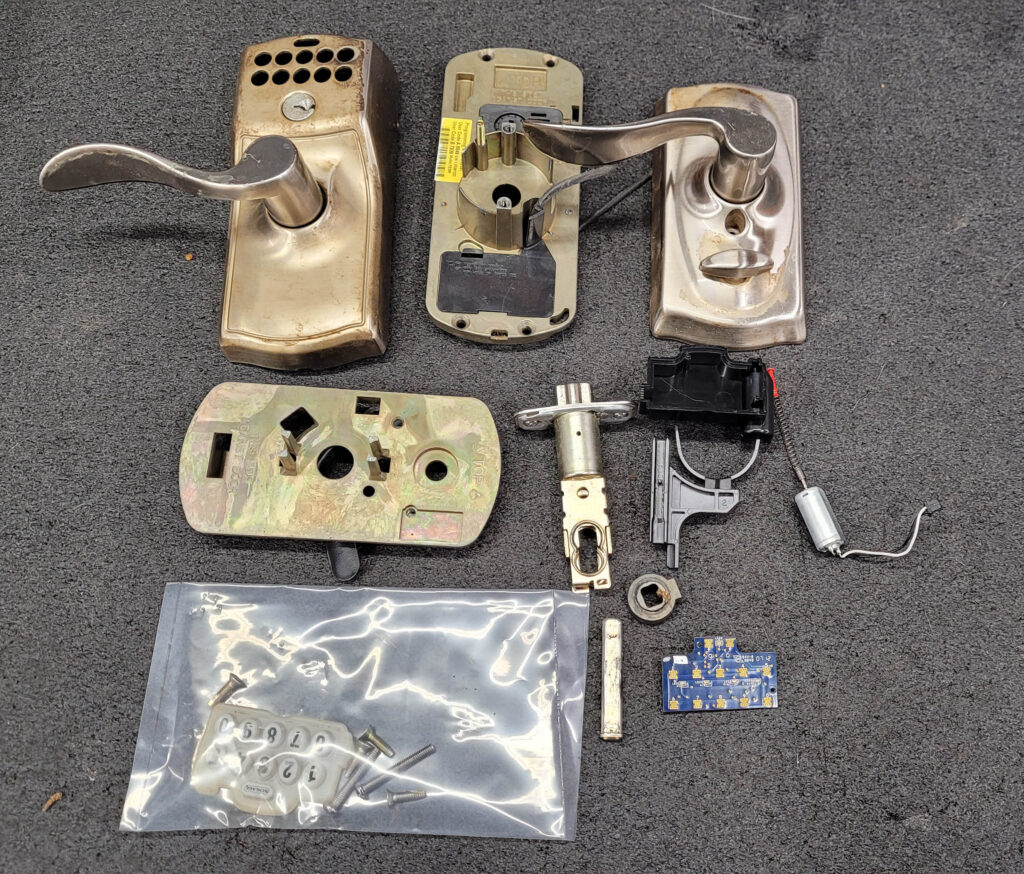
Main PCB Front and Back
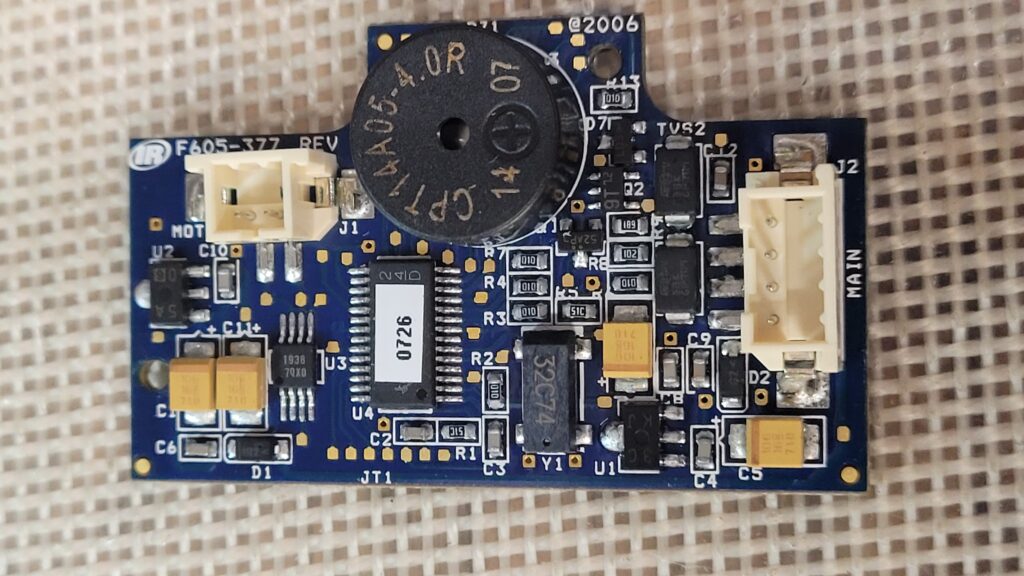
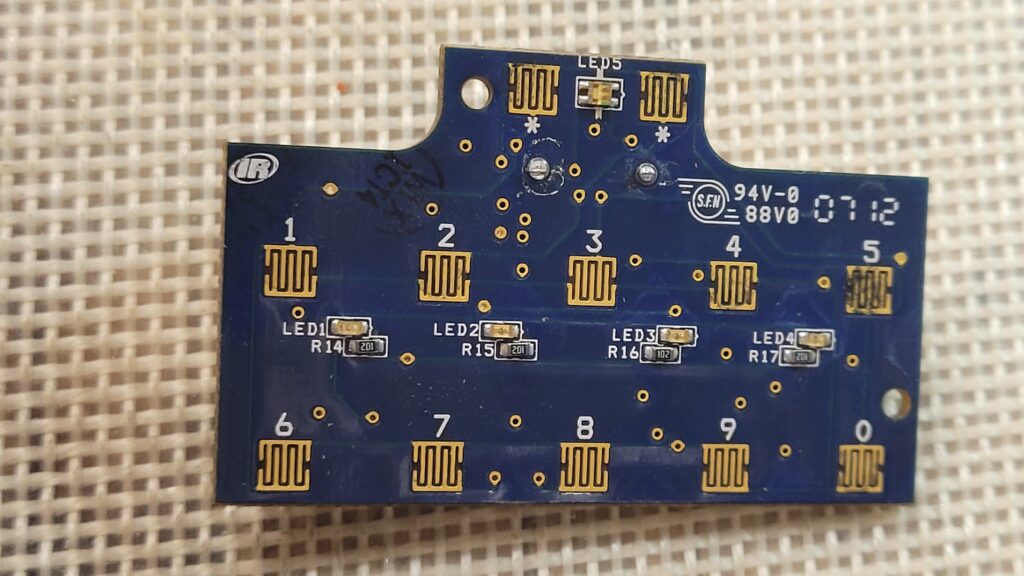
Beneath the inconspicuous sticker, the target chip number presents a challenge with its barely legible inscription. Whats left of the printing comes of as easy as it does on fake Chinese I.C. Chips. However, undeterred by the difficulty, persistence prevails, ultimately leading to the successful identification of a Texas Instruments MSP430F1232 TSSOP28 Microcontroller.
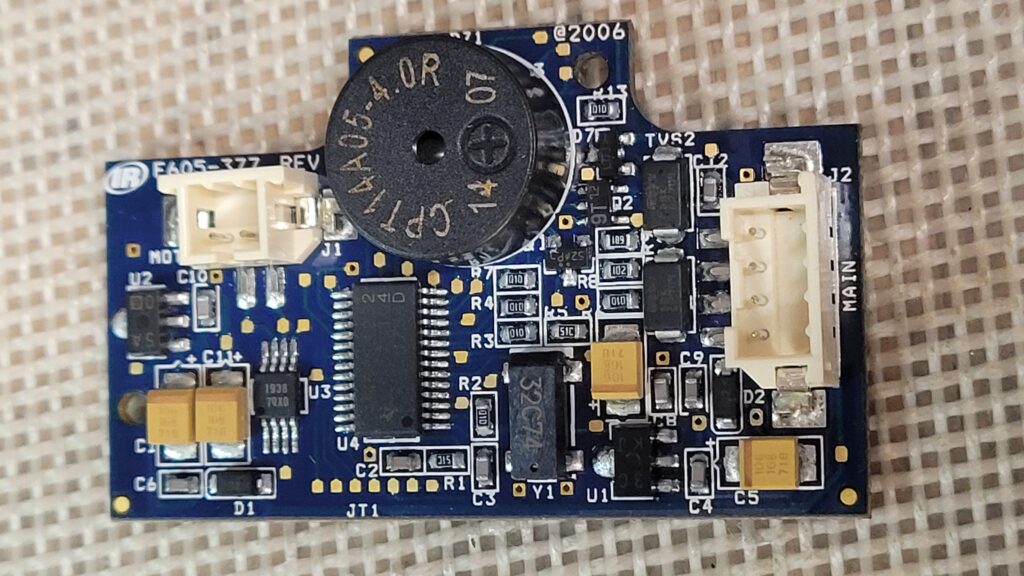
Delving into the inner workings of the device, I seized the opportunity to venture into firmware backup. Taking a cautious approach, I decided to eliminate potential risks by first removing the speaker (beeper). This precaution was taken to prevent any accidental damage while extracting U4, the Texas Instruments SSOP28 MSP430F1232 TSSOP28 Microcontroller. I know photos are poor did not clean off all the flux residue I was in a hurry.
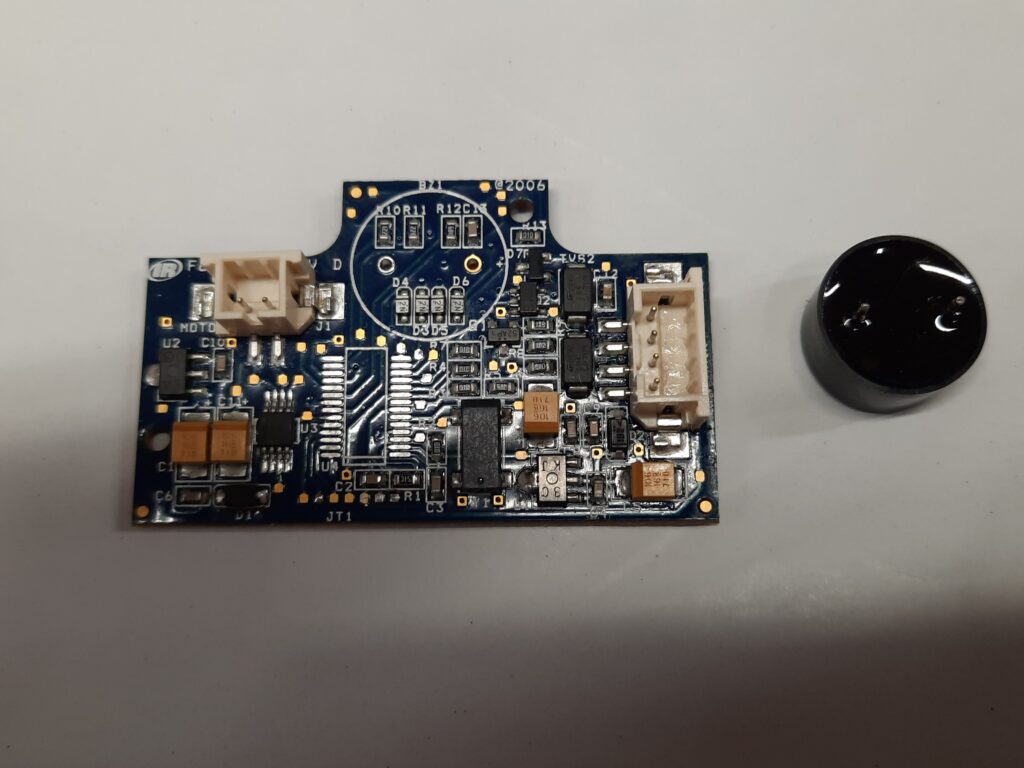
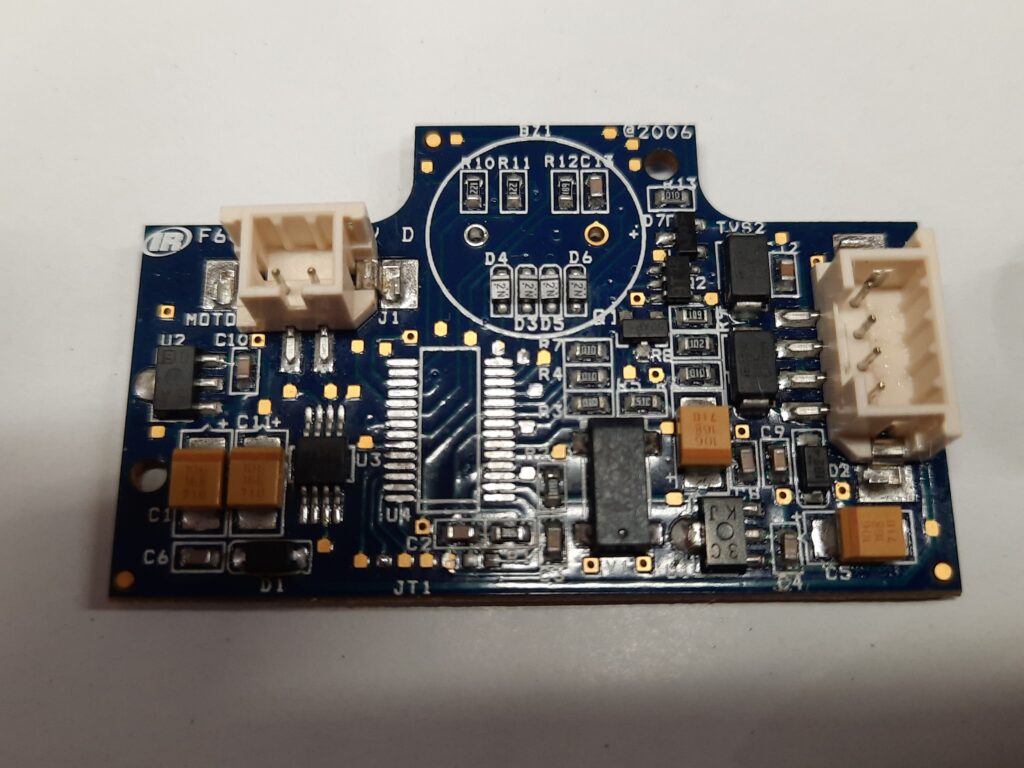
I Did not have a Xeltek DX1001 TSSOP28 Adapter But I did Have a Breakout Board in that Package So I Soldered the MSP430F1232 to that. Using flux and hot air remove the MIcrocontroller removed almost all of what was left of the markings on the chip.
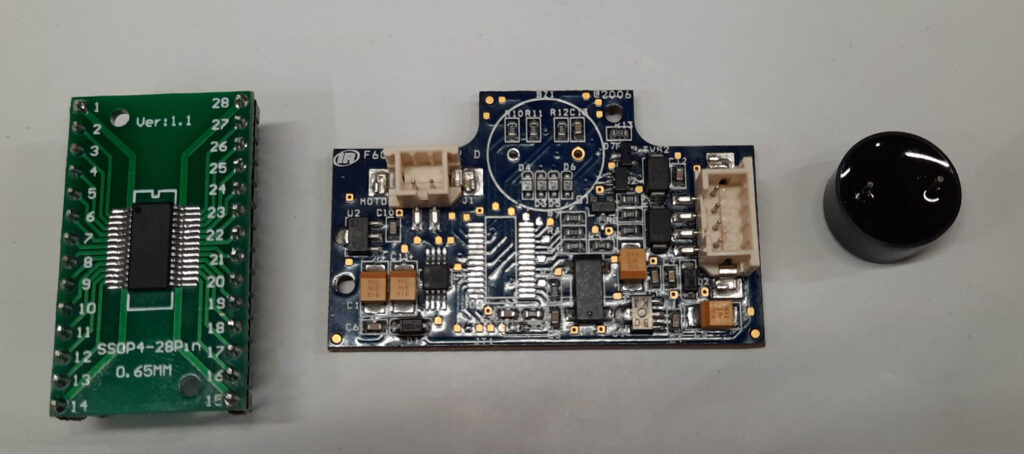
Lacking the Xeltek DX1001 adapter, I made a strategic decision to utilize an alternative adapter equipped with a Magic Chip so I can use most standard generic adapters up to 48 pins. Configuring the settings to DX1001 on the Magic Chip, I cautiously initiated the read process, fingers crossed, hoping that the chip was not read-protected. Given the security nature of the device, such protection was anticipated, yet the attempt was deemed worthwhile.
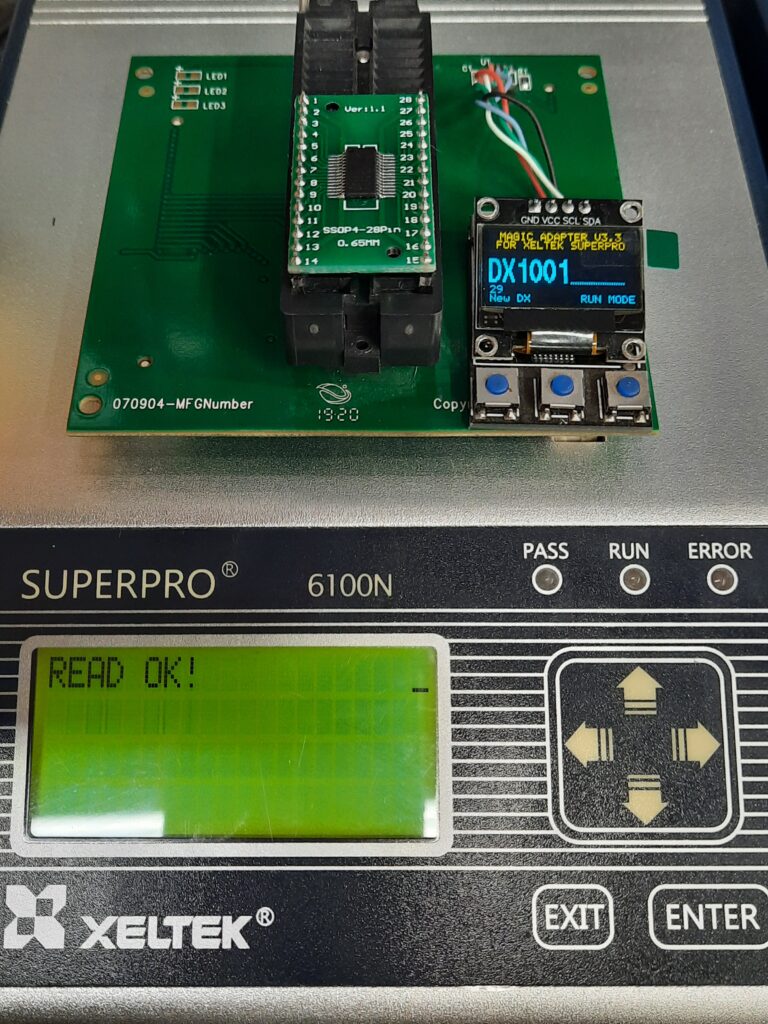
The reading process went smoothly with no complaints about a protected chip. Upon inspecting the buffer, it appeared to be a success—a pivotal moment. Initiating the verification step, the outcome was affirmative with a “Verify OK” status. Triumphantly, a backup of the Schlage FE595 Entry Lock Firmware has been secured.
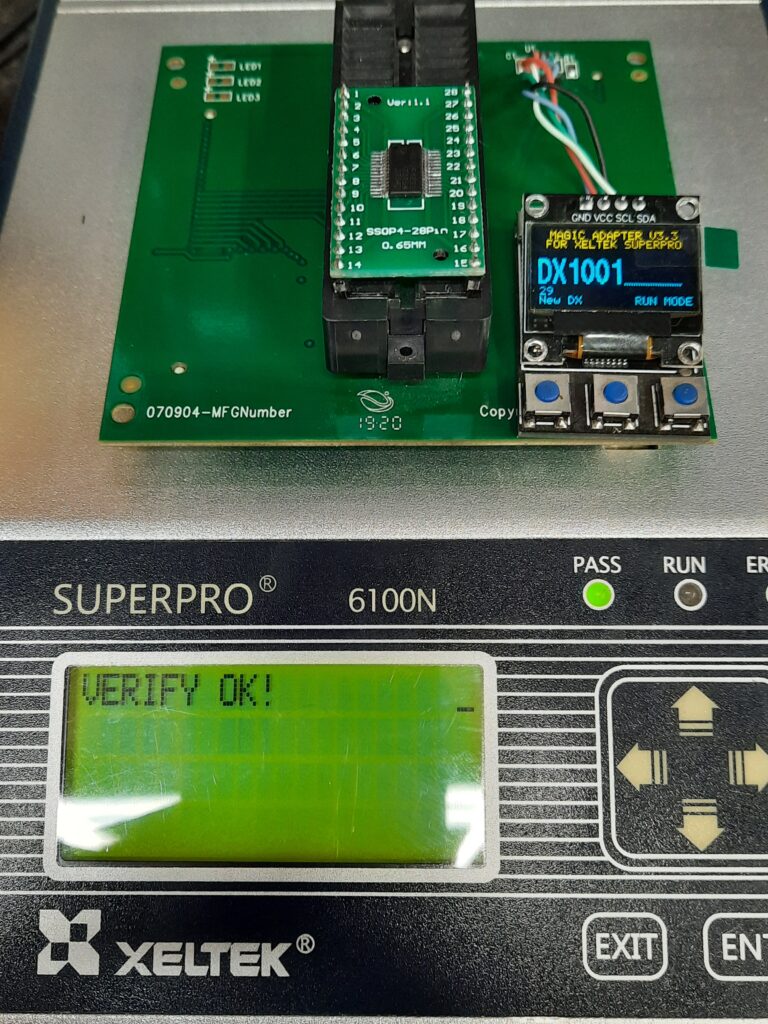
The root cause of the issue was traced back to corrosion on the keypad side and/ Corroded/ Subpar factory solder connections could almost make out the solder ball from the solder paste they used. Mitigating these concerns, I diligently cleaned the corrosion and reflowed the problematic solder joints and reassembled the components. Remarkably, the lock now operated as intended. Despite the successful restoration, a proactive decision was made to replace the lock, ensuring enhanced reliability and long-term functionality. The lock is old and very worn!
Firmware With Default Details Here
I will source a couple blank chips and program this backup and verify at a later date.
Last Updated on December 10, 2023 by Steven Rhine